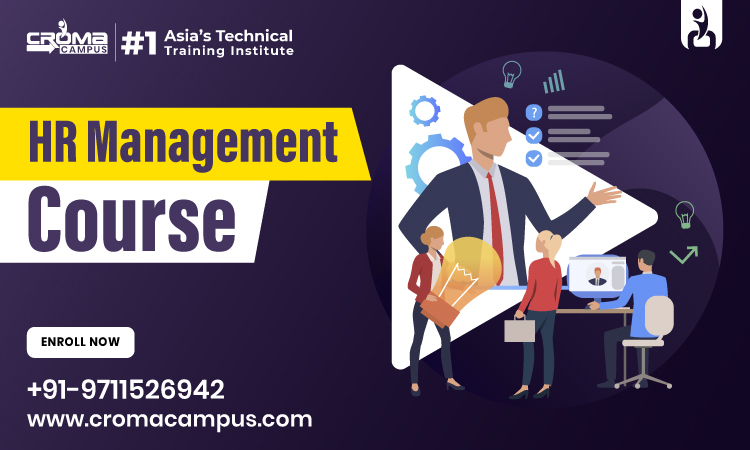An Intro to Human Resource Management (HRM)
Human resource management (HRM) is that essential thread that unites employees and the organization. It’s no secret that HRM plays an important role as the stem that maintains an organization. But it’s not a static process, HRM like others is constantly evolving for the betterment of the organizations. HRM is emerging as a compass that guides businesses through the complexities of attracting talent, engaging employees, and managing performance. Aspiring HRs are seeking a professional HR Management Course to stay updated with constant changes happening. In this blog, we will understand the various dynamics of human resource management.
Understanding the Basic Concepts of HRM
Human resource management (HRM) is the strategic coordination of an organization’s people. It is the systematic management of human resources that includes recruitment, training, and employee relations. Additionally, HRM goes beyond administrative functions and serves as a guide to organizational success. Moreover, it plays a central role in creating a work environment where employee well-being is a priority. This eventually creates an environment in which individuals can work.
Key Functions and Responsibilities of HR Professionals:
The entire Human Resource Management is a complex landscape of a list of responsibilities. All these responsibilities are crucial for an organization. HR professionals work as strategic architects and understand the whole process of recruitment, talent development, and employee engagement. Their work starts from crafting compelling job descriptions to maintaining a positive workplace culture. Therefore, you can say that HRM is indeed the backbone of any organization’s success. It encompasses training, performance management, and maintaining a harmonious work environment. Finally, this shows that HRM has a multifunctional approach and is a must for any organization.
Recruitment and Talent Acquisition:
Recruiting and attracting talent are important pillars in the human resource management (HRM) field. It serves as the gateway to organizational excellence. This aspect involves not only filling positions but also strategically selecting people who fit the company’s goals.
Moreover, this involves developing attractive job descriptions, using different sourcing strategies, and using advanced technology for greater efficiency. Additionally, in human resources, recruiting is the art of not only attracting the best talent but also cultivating a culture where individuals can thrive.
Employee Engagement and Retention:
Promoting employee engagement is important because engaged employees drive productivity and innovation. HR professionals who have done an HR Course understand the importance of employee engagement in a company.
Recognizing its importance, quick tips are given to boost morale and create a workplace where enthusiasm is given priority. Additionally, in Retention Strategy, key methods for retaining top talent are explored. Moreover, it focuses on the relationship between employee retention and organizational success. By promoting a positive work environment and implementing effective retention strategies, organizations ensure they have a stable and motivated workforce. Finally, this directly contributes to long-term success in the workplace.
The Role of Clear Goals in Performance Management
Clear goals act as the backbone of effective performance management in human resource management (HRM). These clearly defined goals help in, aligning employee efforts with the organization’s goals. In HRM, goal setting enables a common understanding of expectations, promoting transparency and accountability. Employees, with clear goals, are empowered to direct their efforts in a targeted way. Moreover, there by driving individual and collective success. Additionally, clear goals improve communication and feedback loops, creating a dynamic environment for continuous improvement.
Embracing Technology in HR
The adoption of technology in HR is revolutionizing human resource management (HRM) practices, thereby improving efficiency and adaptability. In “HR Software Solutions,” the benefits of using advanced technology, such as streamlined processes and data accuracy, are highlighted. Additionally, these popular HR technology tools emphasize access to innovative solutions for managing various HR functions. Then there is Remote Work Dynamics explores the transformative impact of remote work on HRM, with technology serving as a pillar for effective management.
The Final Sum Up
Finally, it is quite understood that Human Resource Management (HRM) shapes how organizations work and achieve success. From recruitment strategies to performance management and technological integration, the multifaceted nature of HRM is evident. As HR professionals embrace change, they make a path for their organizations for success.

